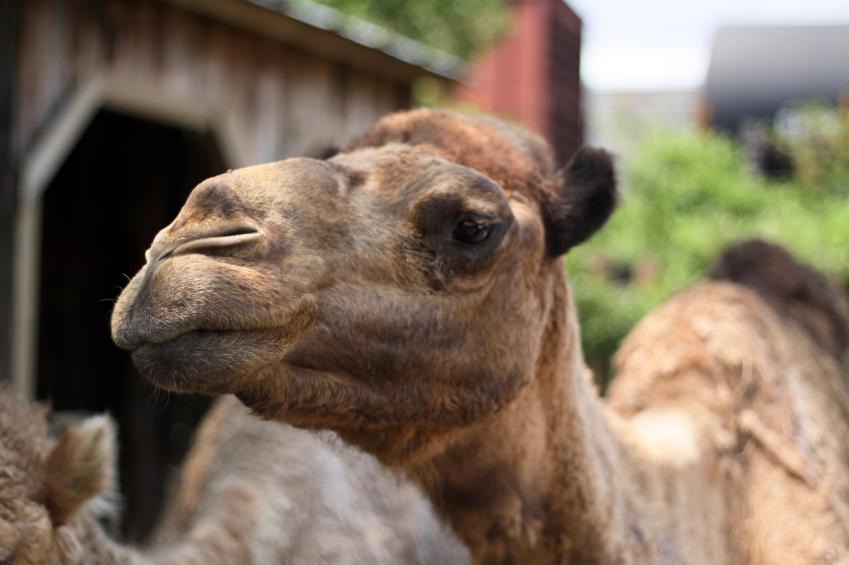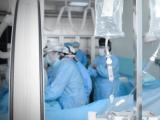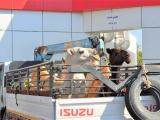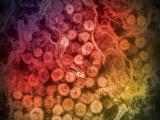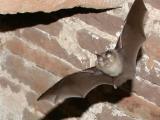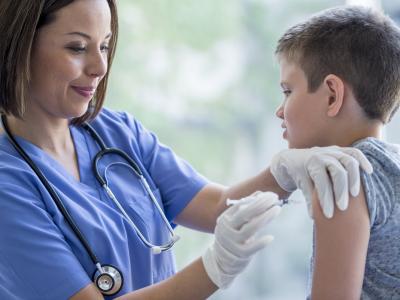Saudi Arabian researchers say they found pieces of MERS-CoV (Middle East respiratory syndrome coronavirus) in an air sample from a camel barn linked to camel and human infections, raising the possibility of airborne transmission of the virus.
But they acknowledge that the finding doesn't necessarily mean that airborne transmission occurred. And another expert called the results preliminary, saying the amount of viral material found in the air sample doesn't seem consistent with the idea that the virus came from the infected camel.
The findings were published today in mBio by a team from King Abdulaziz University in Jeddah.
Several studies have shown that MERS-CoV is fairly common in camels in the Middle East, and the animals are considered a likely source of human infections. But exactly how the virus spreads from camels to humans—through the air, via milk, by direct contact, or some other route—remains unknown.
Tests on Jeddah farm samples
The Saudi team previously reported that a 44-year-old Jeddah man who died of MERS-CoV last November owned camels that were found to be infected. The man had applied a topical medication to the nose of one camel a week before he got stick.
In June the authors reported that MERS-CoV isolates from the patient and from some of his camels were identical, and on the basis of that and related findings, they suggested that he contracted the virus from the camels. In March another research team had reported similar findings on the same patient and his camels.
To find out if air might play a role in transmission, the authors of the new study took air samples in the patient's camel barn on three consecutive days in November. A sample collected on Nov 7—the same day one of nine camels in the barn tested positive for MERS-CoV—tested positive for a piece of the viral genome by polymerase chain reaction (PCR).
Further PCR tests found two other portions of the genome in the sample. The authors then sequenced several fragments of the viral material and found that they were 100% identical to the corresponding regions in the isolates collected earlier from the patient and his infected camel, the report says.
However, the authors were unable to culture MERS-CoV from the air sample, which they said may mean that the virus had lost its infectivity.
"These data confirm our previous report and show evidence for the presence of the airborne MERS-CoV genome in the same barn that was owned by the patient and housed the infected camels," the report says. It adds that the findings suggest that the viral RNA found in the sample came from the camels.
The authors caution, however, that further studies are needed to assess the viability of MERS-CoV in different environmental conditions. They also acknowledge that routes of transmission other than airborne, such as direct contact or contaminated objects, might have caused the human case.
Expert voices caution
A virologist who was not involved in the study, Marion Koopmans, DVM, PhD, voiced a cautious view of the findings. She is head of the Viroscience Department at Erasmus Medical Centre in Rotterdam, the Netherlands.
"While potentially interesting, I find this data rather preliminary as this whole paper leans on the single finding of one positive air sample," she told CIDRAP New. "I have a hard time combining that with the animal data: The viral loads in the nose of the one positive camel in the herd sampled at the same time were lower than that of the air sample.
"From our own experience, I can say that you lose significant amounts of virus when doing air sample testing, so to me the data does not add up if you want to explain the air results from the animal presence. The owner at the time of sampling already was hospitalized, so he is not the source. So to me, this is rather preliminary."
Azhar EI, Hashem AM, El-Kafrawy SA, et al. Detection of the Middle East respiratory syndrome coronavirus genome in an air sample originating from a camel barn owned by an infected patient. mBio 2014;5(4) [online publication Jul 22] [Full text]
See also:
Related Jun 4 CIDRAP News story
Related Mar 21 CIDRAP News item
